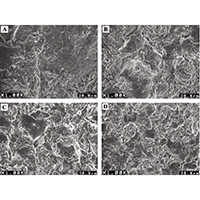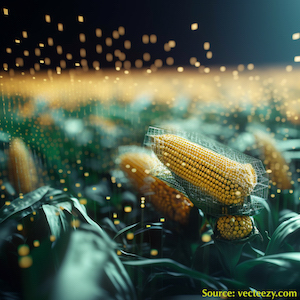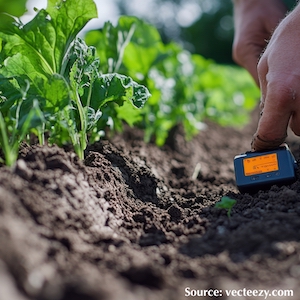Effects of controlled burn rice husk ash on geotechnical properties of the soil

All claims expressed in this article are solely those of the authors and do not necessarily represent those of their affiliated organizations, or those of the publisher, the editors and the reviewers. Any product that may be evaluated in this article or claim that may be made by its manufacturer is not guaranteed or endorsed by the publisher.
Accepted: 15 September 2021
Authors
Pozzolanic reactions of RHA entirely depends on controlled burning condition. The current study illustrates the effects of controlled burn rice husk ash (RHA) on the geotechnical properties of A-2-4 type soil. The compactibility, bearing capacity, compressive strength, and shear strength were investigated as the important geotechnical properties on soil with 0%, 5%, 10%, and 15% of RHA admixtures. Considering the 7-day moist curing, standard Proctor compaction tests, California Bearing Ratio (CBR) tests, Unconfined Compressive Strength (UCS) tests, Consolidated-Drained (CD) Triaxial Compression tests, and Scanning Electron Microscopy (SEM) tests were conducted on soil-RHA combinations. The test results showed that the optimum moisture content increased, but MDD reduced with the increment of RHA content. Soil with 5% RHA showed the increase of CBR (39.5%), UCS (6.0%), modulus of deformation (56.3%), cohesion (11.8%), and angle of internal friction (6.3%) compared to control specimen which indicated that the application of burnt RHA at a controlled temperature significantly enhanced the geotechnical properties of soil. SEM image on soil with 5% RHA also observed the best microstructural development.
How to Cite

This work is licensed under a Creative Commons Attribution-NonCommercial 4.0 International License.










